AI Sanity check – trust, credibility, and relevance are what builds media relations
It’s been a while since we last reviewed Cision’s annual ‘Global State of the Media Report’, but with so much change within the media landscape over the last three years (AI anyone?!) we thought it was time for a catchup to see what new insights can be gleaned from this year’s report.
Cision polls more than 3,000 journalists across 19 countries, so its findings always uncover the pressures and possibilities shaping modern journalism. AI it seems has put pressure on the media to double down on relevance, credibility, and real human connection in PR outreach to build trust.
Watch out AI bots – humans are coming! Here are the key takeaways from this year’s report to see how PR pros can improve their strategies in 2025:
Go away – not interested
Journalists are the media gatekeepers. Building bridges with these key contacts is the make or break of coverage success. Don’t mark your card the wrong way!
Just like in 2022, journalists are too strapped for time and resources to deal with PR pros who haven’t done their research on them or their outlets.
Fact: 86% of journalists say they’ll immediately reject a pitch that isn’t aligned with their beat or audience, underscoring the need for PR teams to tailor every outreach accordingly. Note to self – read what they write before you pitch! So how can PR pros strike up meaningful connections?
For most of the surveyed journalists in the Cision report, pitching new and relevant story ideas was identified as the most instrumental way to build relationships with them. This is why it’s important for PR pros to target media profiles that fit region-specific pitches – something that IBA’s Daniel Bellamy has seen first-hand as he gets to grips with the responsibilities of a Graduate PR Executive.
Scrolling for scoops – uncover where journalists are socially active
Back in 2022, Cision reported that 20% of journalists were using social media to publish/promote content and only 5% were using it to receive PR pitches. But has much changed since?
Wow yes! Now 96% of journalists said they use social media for professional purposes. But read on – they use it largely to publish or promote their own work (64%) and to crowdsource information for stories (51%) – which are significant increases from 2022.
Yet with more platforms to contend with, this adds another level of complexity in understanding where journalists, and their audiences, are spending their time. LinkedIn remains the most-used platform globally (59%), but region-specific platforms such as WhatsApp (EMEA) and BlueSky (North America) show the shifting nature of media engagement.
Note to self – track target media on relevant social. This is where social listening (YHIHF) is so valuable in uncovering just how journalists work, what they cover, and what kind of content they choose to amplify.
The jury is still out on AI source credibility
So, what do journalists really think about AI, in terms of using it themselves and for the PR pros they work with?
Over half of journalists (53%) globally now use generative AI tools like ChatGPT. But here’s what they use it for – a quarter use AI to research certain topics and another 23% use it to transcribe interviews and audio. All sensible uses of AI’s power to absorb data and spit it out to take the tedium out of jobs.
But still, 33% of journalists said they don’t use AI or plan to. And here’s the rub: 56% of journalists are strongly opposed, particularly in North America, or somewhat opposed to PR pros using AI to generate pitches and press releases. Note to self – use your brain not ChatGPT’s!
So why are many journalists hesitant to take the AI plunge? Cision found that 72% of journalists worry about factual errors in AI-generated PR content and a further 58% worry that the quantity, but not the quality, will increase.
Faking it or making it?
Transparency, accuracy, and human oversight remain essential to maintain source credibility, especially to combat fake news – which was one of the top challenges identified in the report. AI is not a replacement for human expertise, so this is where PR pros can provide value by sourcing credible subject matter experts who can talk with authority on specific thought leadership topics and back their insights up with verified research and data.
Press releases hold steady in first place
Despite an evolving media landscape, 72% of journalists still cite press releases as the most useful resource PR teams can offer. Here’s the important value-add, a further 79% rely on them to generate story ideas. This is why we always say press releases are one of the powerful tools in the B2B arsenal when deployed correctly using those hidden agendas and backstory housekeeping pars!
But get this – half of journalists receive over 50 pitches per week, so it’s essential to stand out from the crowd. Cision’s report reveals most journalists are more likely to pursue a pitch that includes multimedia elements such as images (70%) or data visualizations/infographics (30%). Note to self – there’s more than one way to tell a story.
Relationship-first – PR is more than just transactional
The majority of journalists (85%) say the best way to build a relationship is simple: introduce yourself via email, even without a story to pitch. This was far ahead of the second and third most popular answers: pitching a new, relevant story idea (38%) and inviting them to an industry event (33%).
Remember journalists can spot a mass mailing a mile away, which is why PR pros need to focus more on localization and personalization, and less on commercialization. And whatever you do, make sure the pitch is addressed to the right person!
Journalists are more likely to review pitches from someone they know and trust. The better they know them, the more likely they are to proactively seek them out for contribution opportunities! Cision report found that 57% of journalists believe PR pros provide the most value by facilitating access to key people and places.
Only this way will those valuable organic journalist requests come through – they are the sign of a well-oiled PR campaign.
That’s a wrap on the state of the media in 2025. Note to self – authenticity outweighs the Algorithm!
Hannah Watson is PR Lead – Analytics at IBA International.


